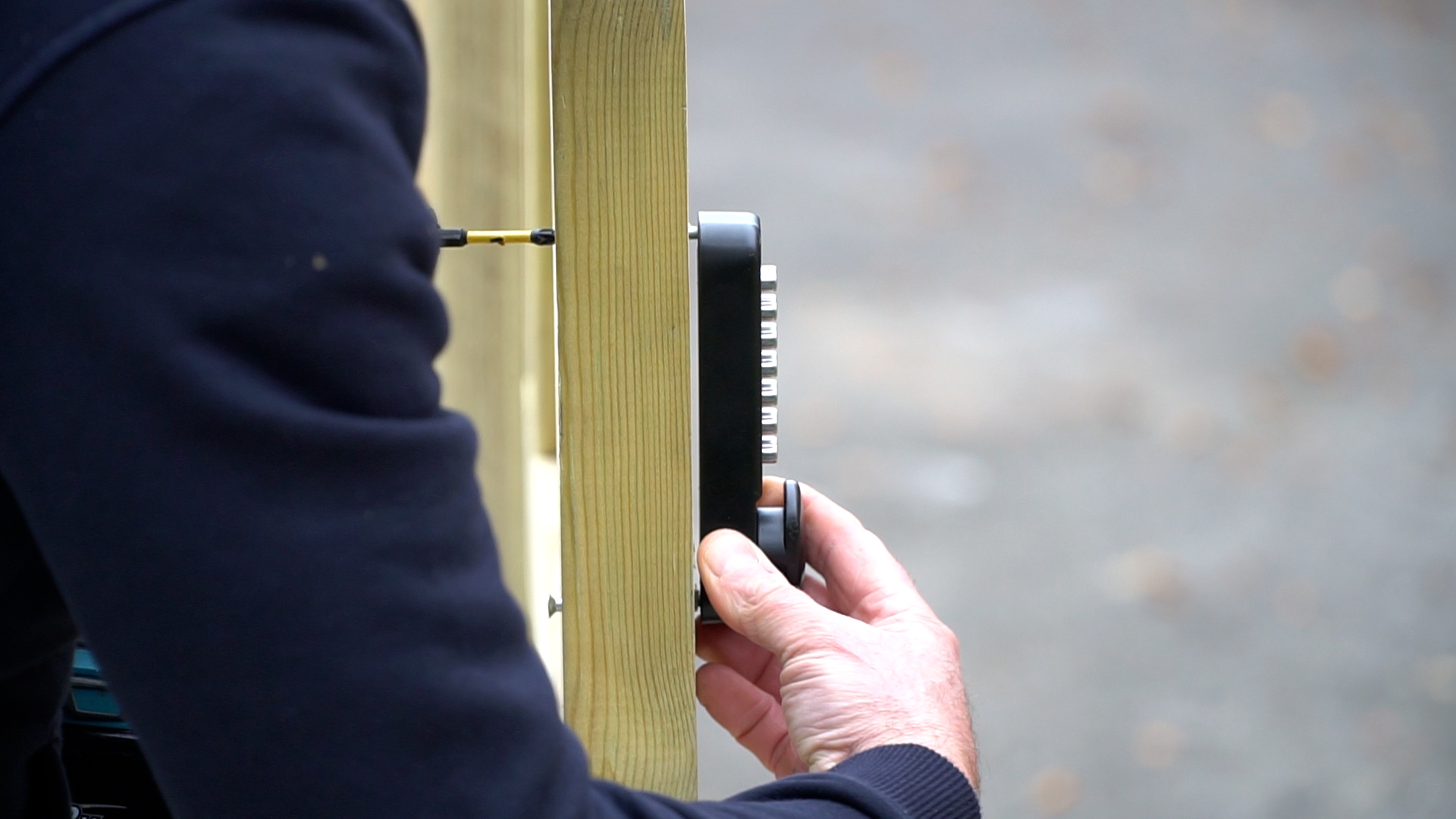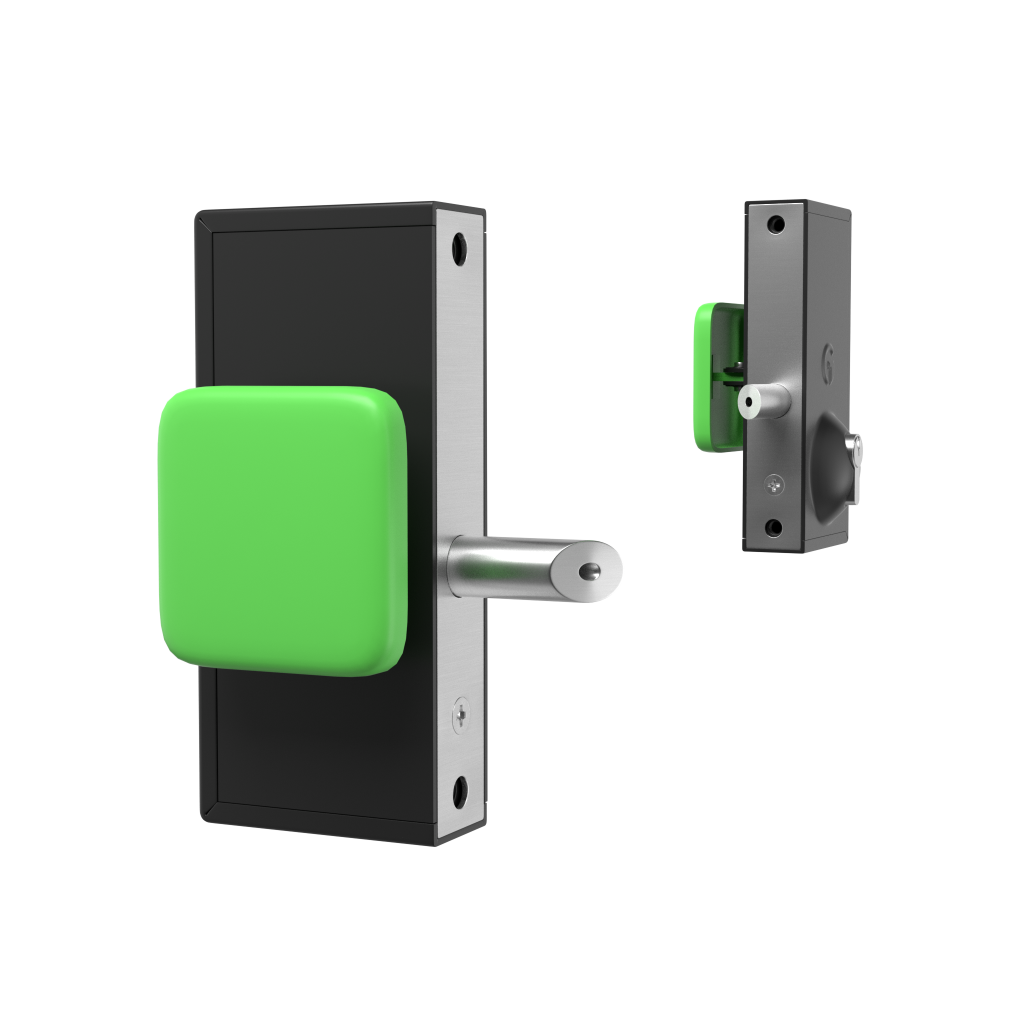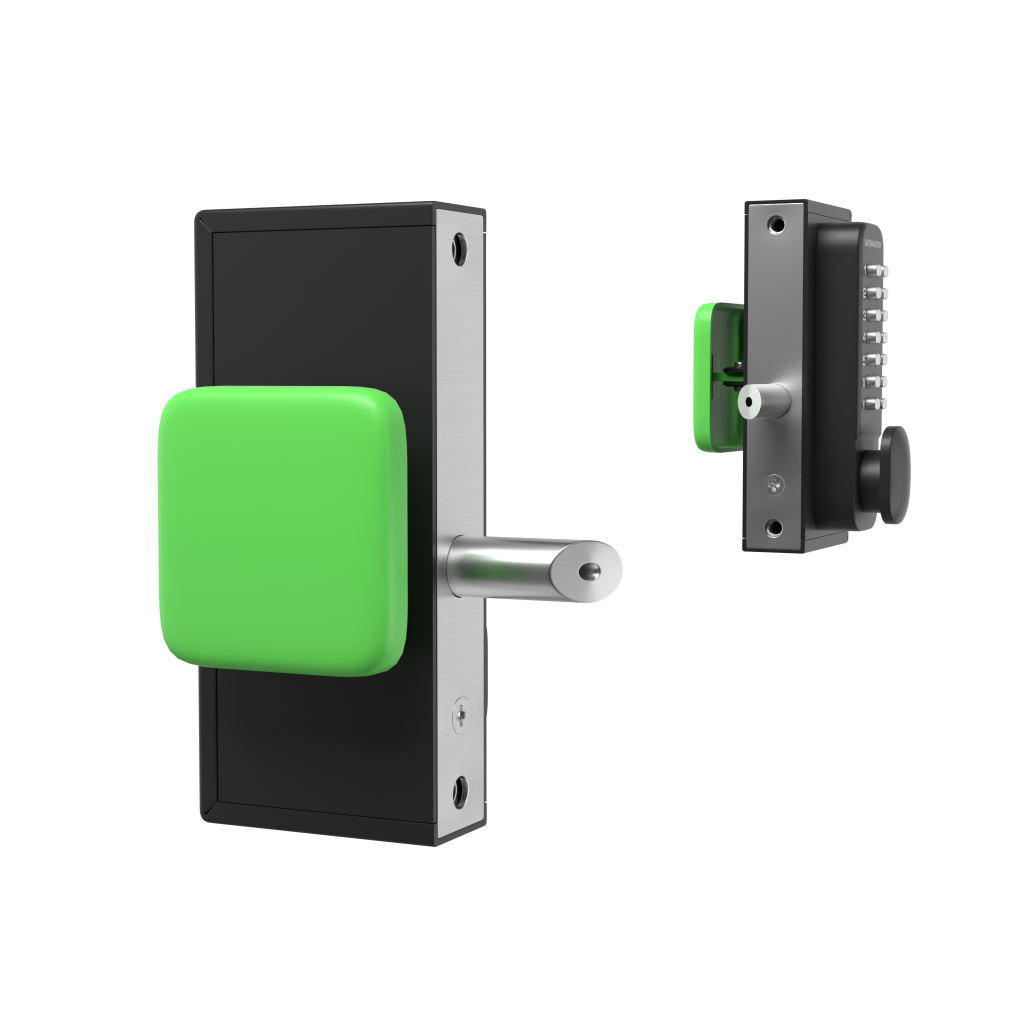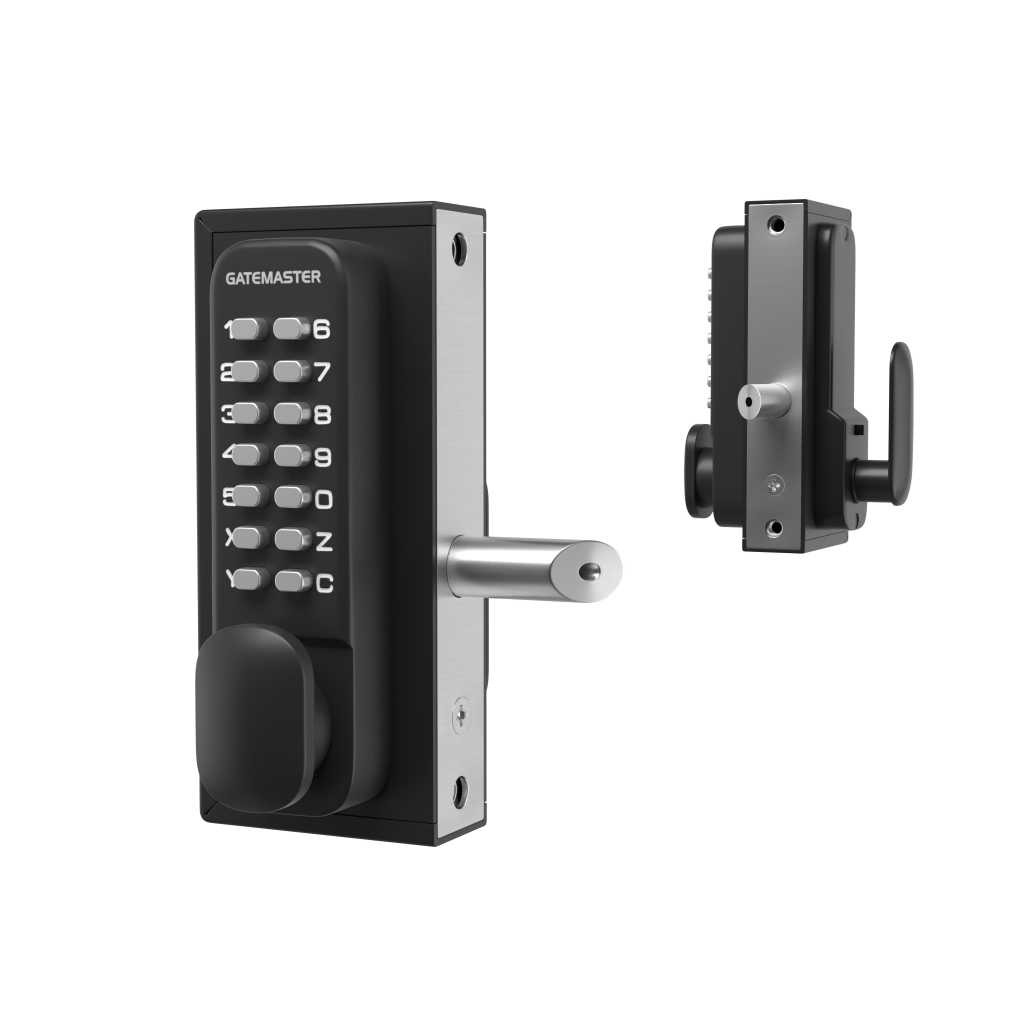3 Easy Steps to Find the Lock Handing
For some of our locks, we offer a right-handed or a left-handed version and the lock handing you choose depends on whether your gate is right or left-hand hung.
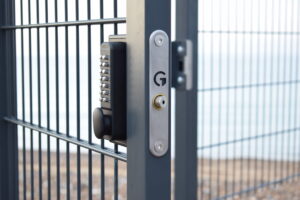
Take our BDGS as an example.
It has keypad access on the outside and a handle on the inside.
Depending on how your gate is installed, you will need either a right- or a left-handed lock to ensure the keypad is on the outside when fitted.
If you choose the wrong lock handing, you will end up with a lock that has a handle on the outside, allowing anyone to enter.
To avoid this, you need to find out the correct lock handing and we are here to help.
Step 1: Look at your gate from the outside (secure side) or visualize it if the gate is yet to be installed.
Step 2: Determine if your hinges are on the left- or right-hand side of the gate.
Step 3: The side that your hinges are on, equals the lock handing. For example, if your gate hinges are on the right, you will need a right-hand lock (and vice versa).
So, taking the BDGS single sided digital lock as an example again, if your hinges were on the right as viewed from the outside of the gate, you will need the BDGS1030R (10-30 mm box section) or BDGS4060R (40-60 mm box section).
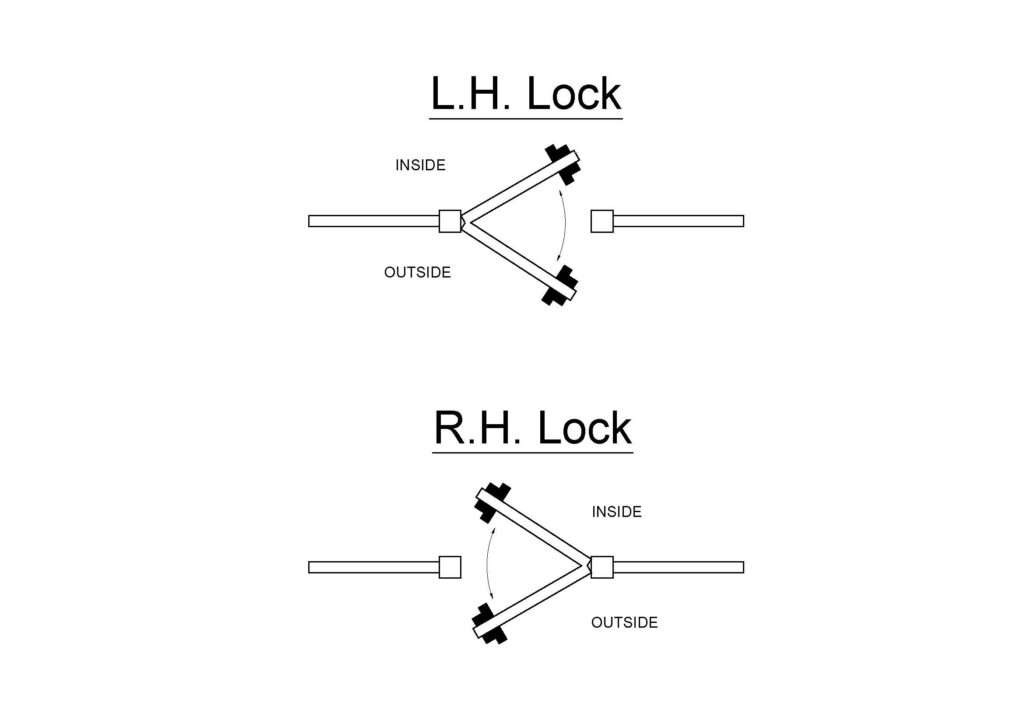
Examples of right-handed gates:
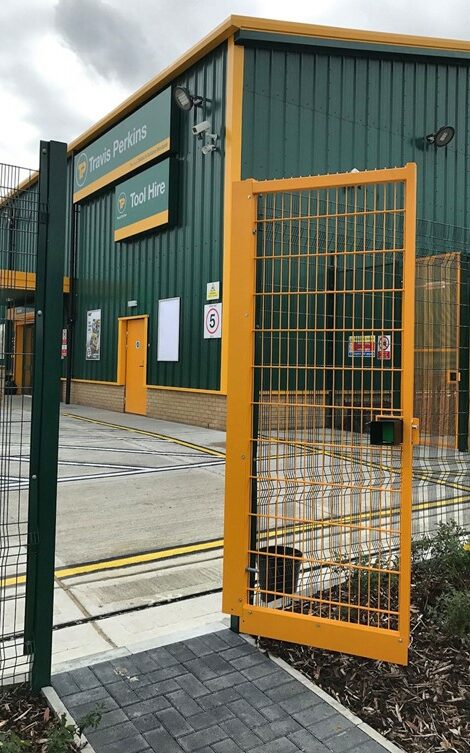
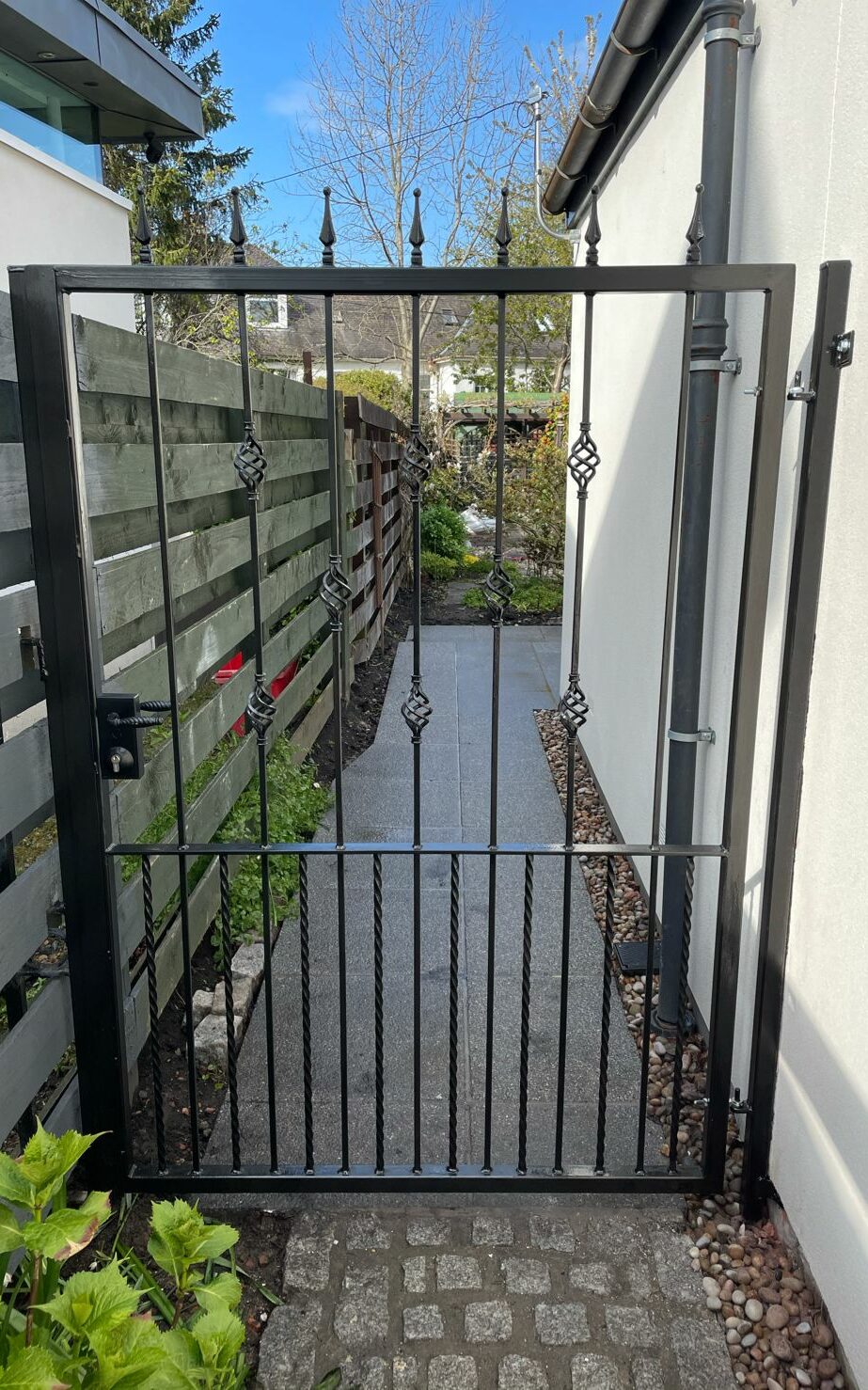
Examples of left-handed gates:
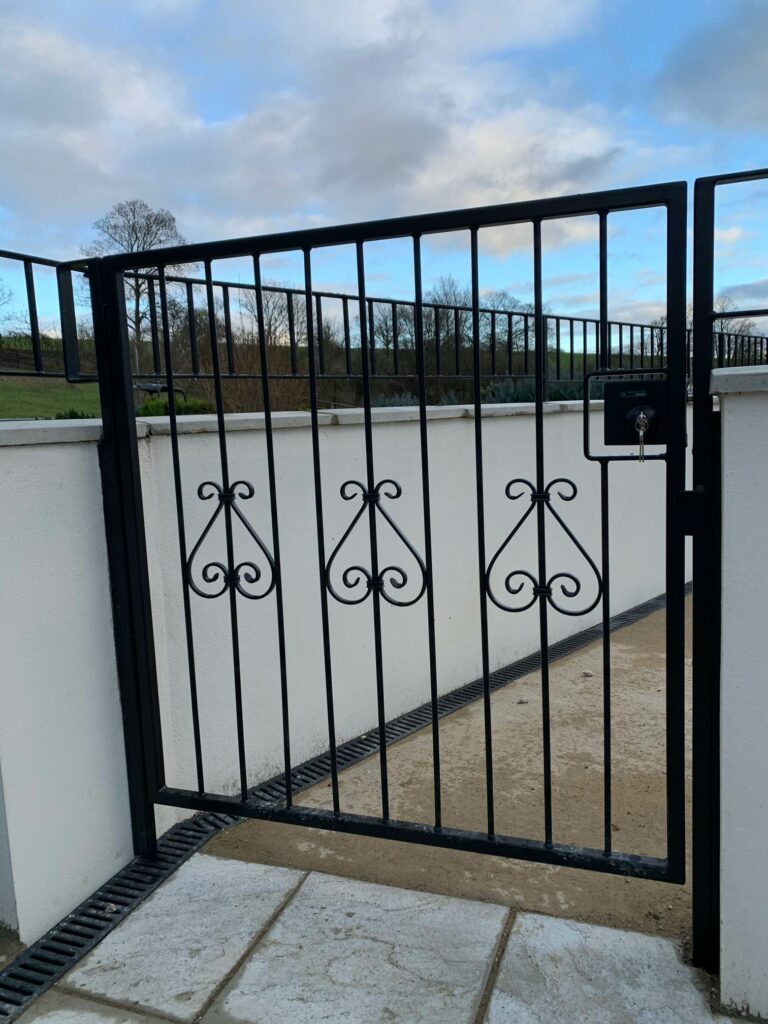
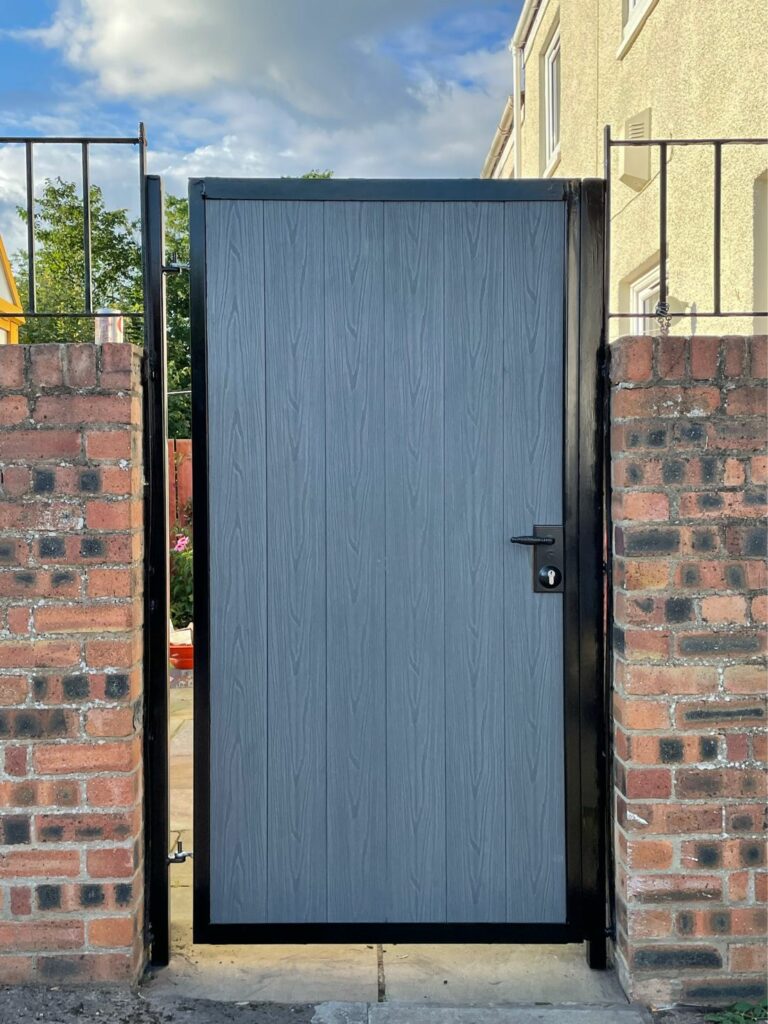
Handing of double-leaf gates:
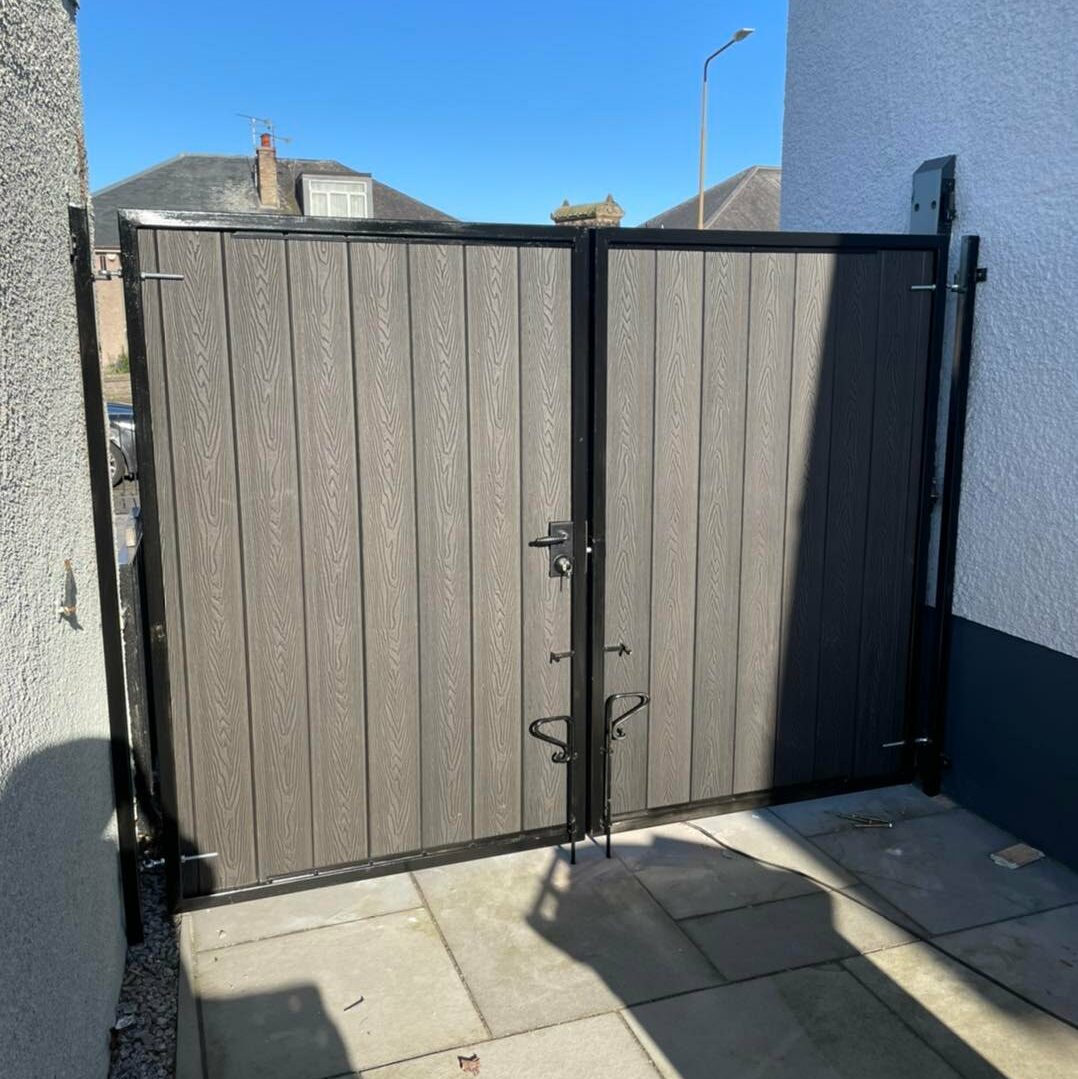
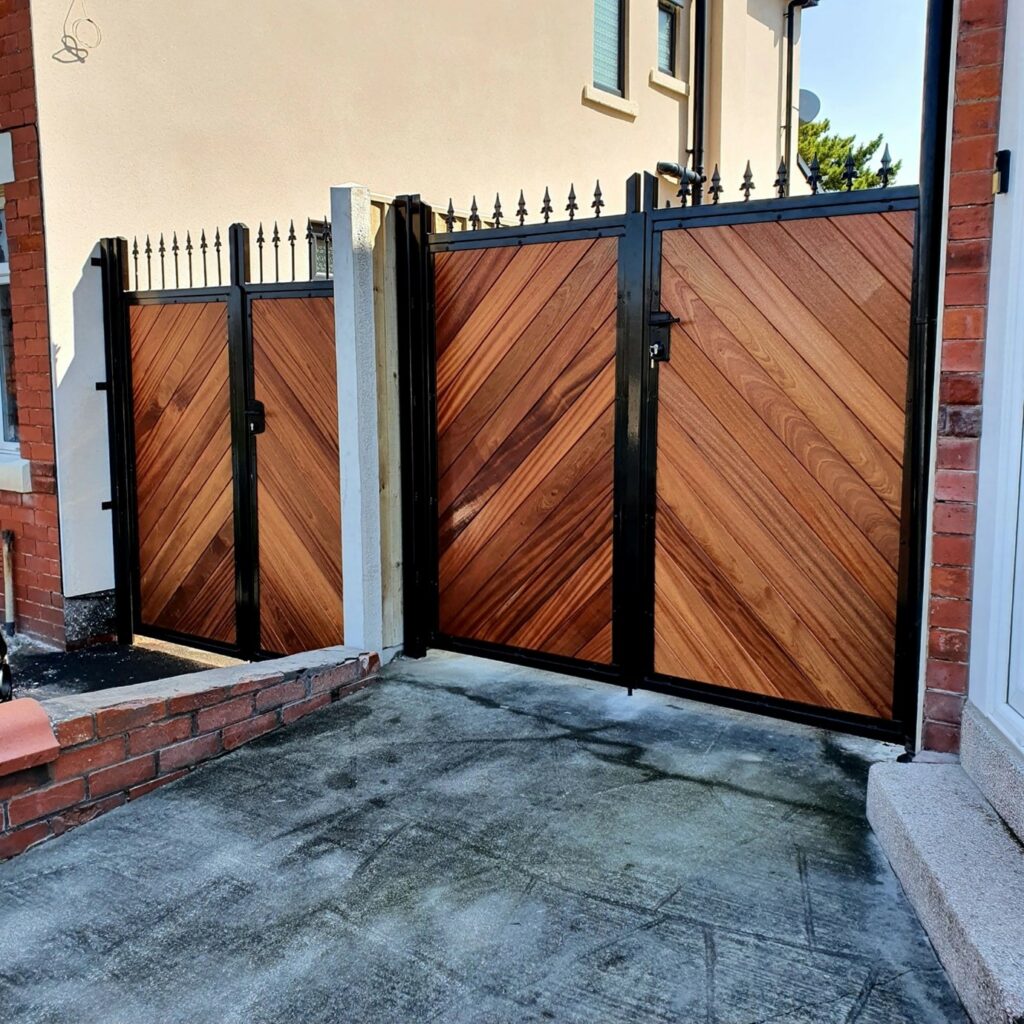
So, remember the above guide when ordering any of the below locks as these are all handed locks:
Read more
How to easily change the code of your keypad lock
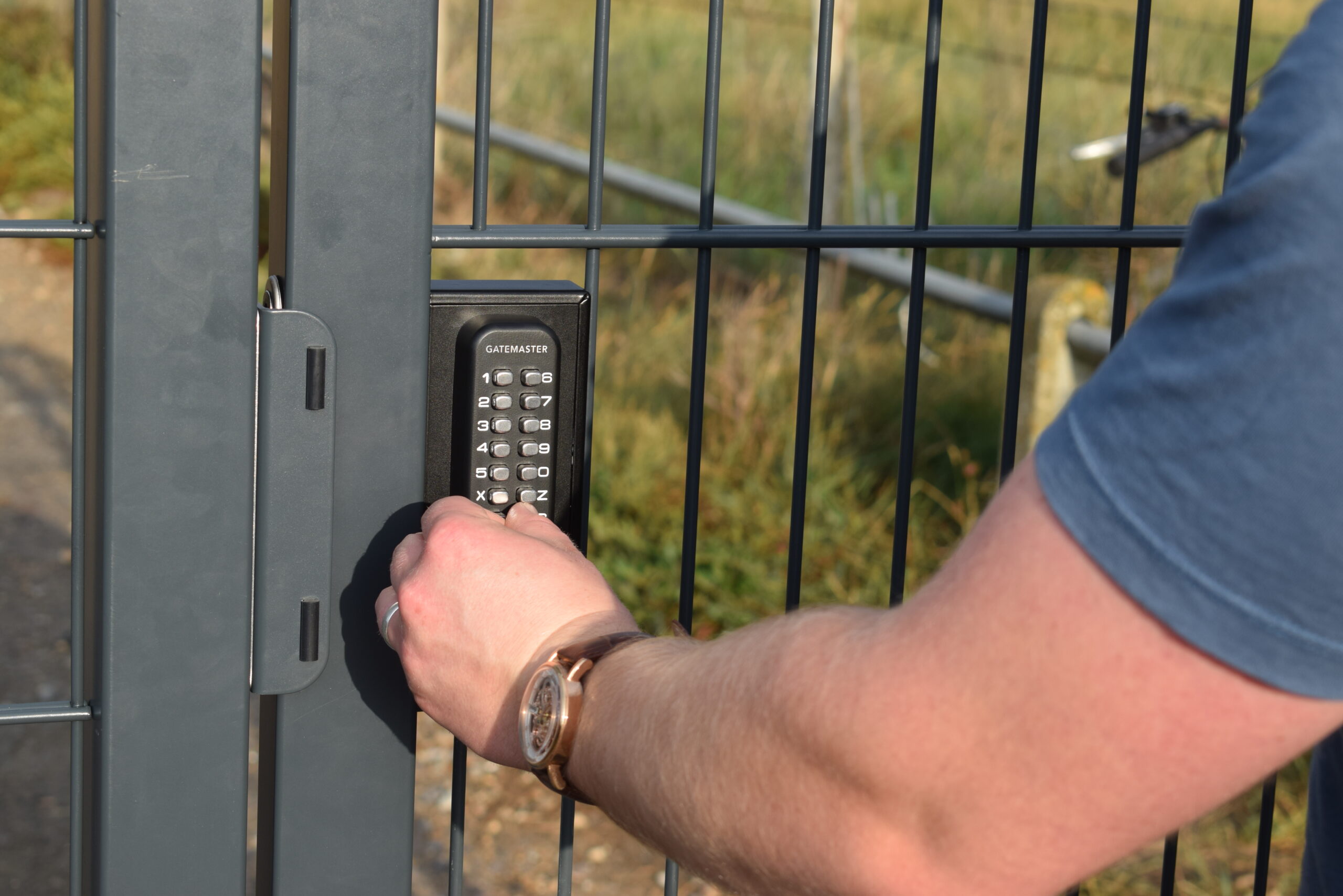
How to successfully install the Superlatch digital lock in 8 steps
